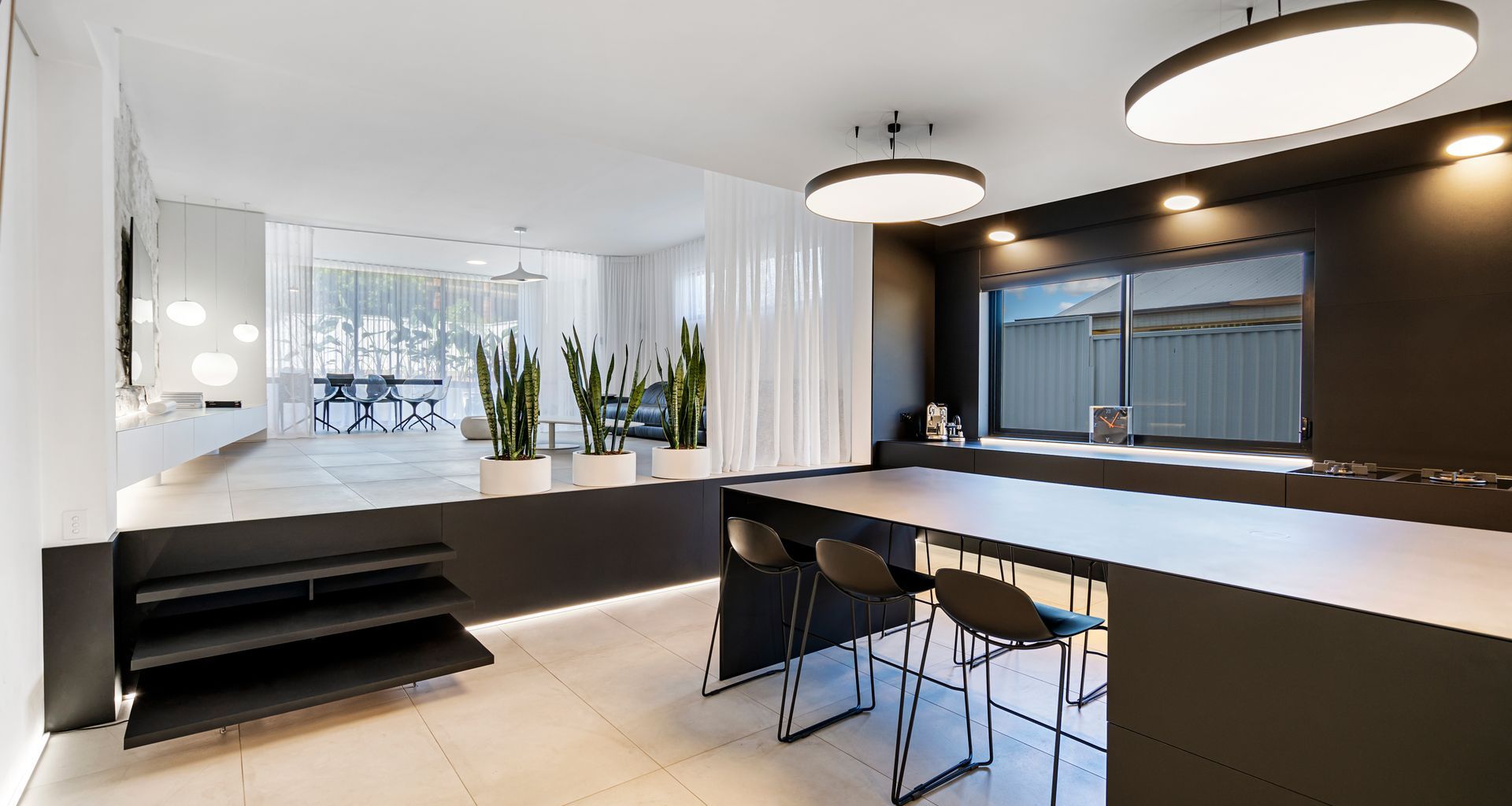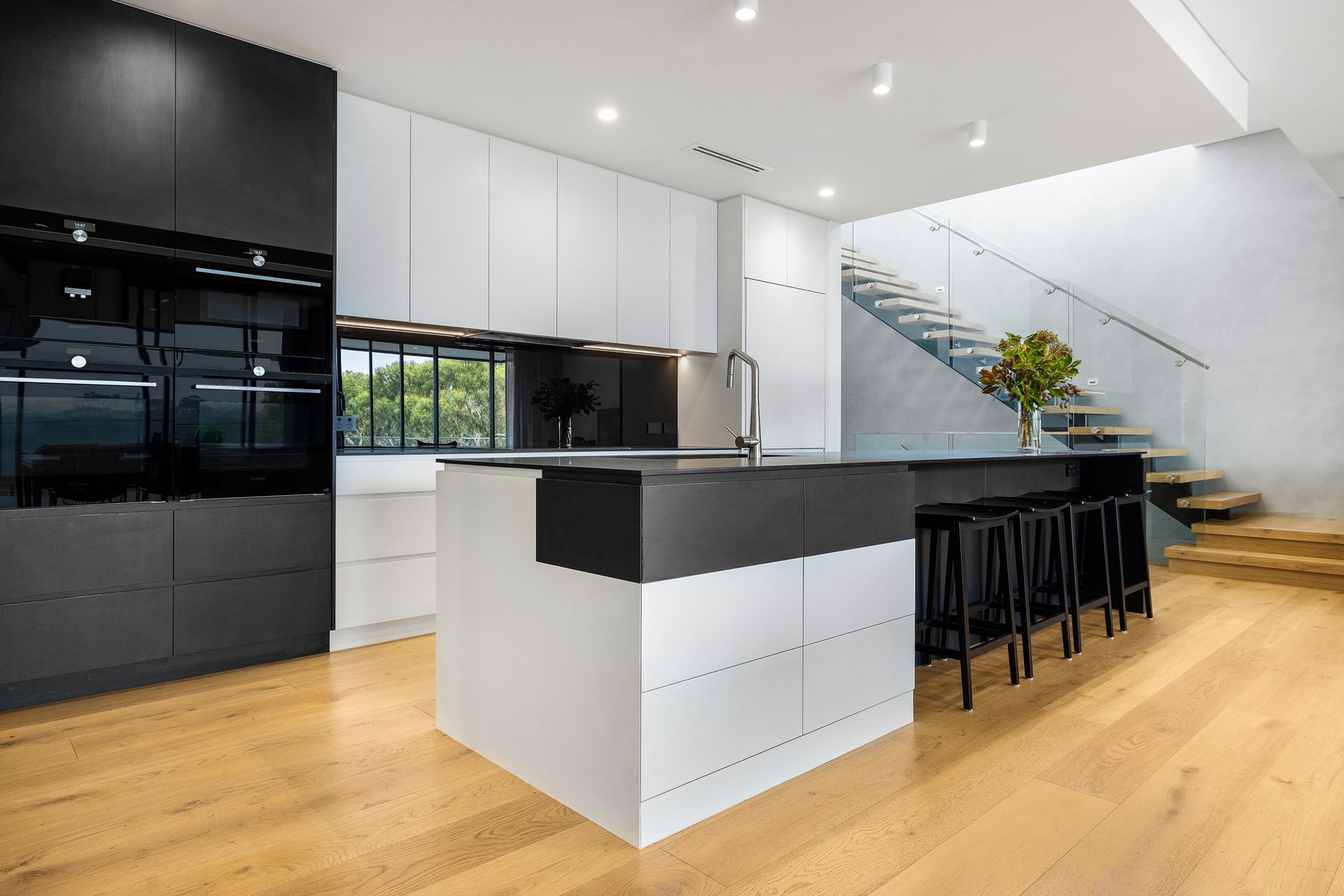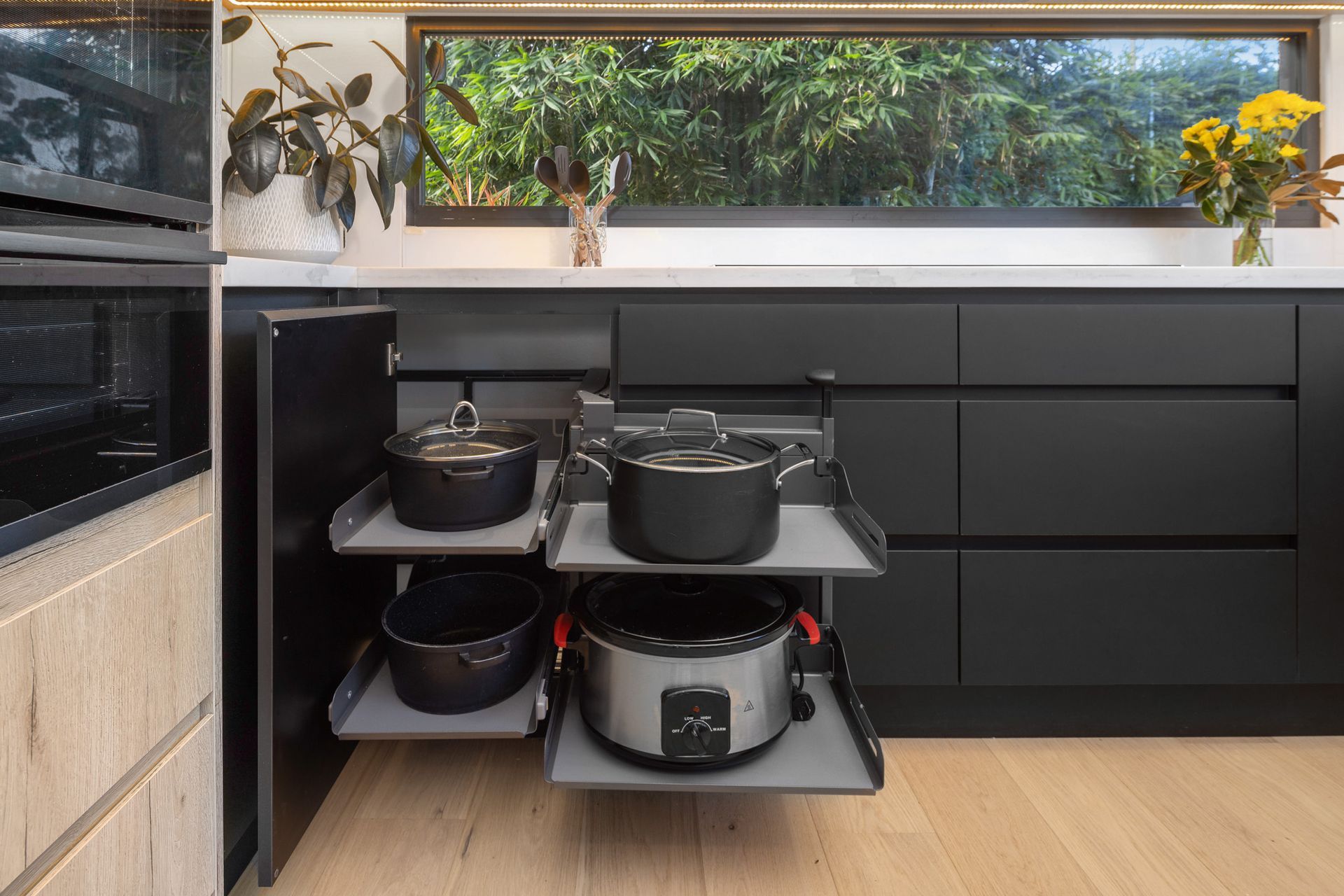Expert tips for choosing the right kitchen joinery for your home renovation
Written by
08 May 2024
•
4 min read


Undertaking a kitchen renovation involves a multitude of decisions, big and small. Among these decisions, selecting the appropriate kitchen joinery stands out as a critical step in shaping the overall aesthetics, functionality, and longevity of the space. To guide homeowners through this complex process, we spoke with Nover’s Phil Burns who offers valuable insights into key considerations, material options, maintenance requirements, budget implications, and emerging trends in kitchen joinery.

Experience and Installation
The journey to finding the right kitchen joinery begins with choosing a reputable manufacturer. Experience is a crucial factor, as it speaks volumes about the manufacturer's craftsmanship, reliability, and ability to deliver on promises. When evaluating potential manufacturers, homeowners should enquire about their level of experience, examine past projects, and seek referrals from trusted sources such as friends, family, or industry professionals.
Equally important is ensuring continuity between the manufacturing and installation phases. While some manufacturers may handle both aspects in-house, others may rely on third-party contractors for installation.
“This can be important due to continuity making sure the installers are across the actual design and manufacturing of each cupboard,” shares Burns.
Regardless of the approach, clear communication and coordination between the design, manufacturing, and installation teams are essential to ensure a seamless and satisfactory outcome.
Materials & aesthetics
The choice of materials plays a pivotal role in determining the overall aesthetics and functionality of the kitchen space. From basic melamine to luxurious solid timber, the range of options is vast and diverse. Considerations such as budget, desired style, and maintenance requirements should inform the selection process.
“Your decision depends on how far you are willing to push the envelope in style and design and colour schemes, depending on budgets of course,” says Burns.
At one end of the spectrum, a singular colour approach, such as white melamine doors paired with a uniform benchtop, may suit budget-conscious or rental property renovations. Conversely, a more extravagant design may incorporate multiple door colours, finishes, and materials to create visual interest and sophistication. Whether opting for polyurethane shaker doors, thermo-laminated vinyl wrap, timber grain veneer, or solid timber, each material choice contributes to the overall aesthetic impact of the kitchen.
Similarly, the selection of benchtop materials can significantly influence the kitchen's visual appeal and functionality.
“With the current issues and challenges of silica being used in man-made, or engineered stone benchtops, people are moving towards solid surface, porcelain, real marble and granite and there are so many colours to choose from now, so getting the overall colour scheme right and the balance of different materials is critical and affects the overall aesthetics greatly.”


Functionality & maintenance
Beyond aesthetics, functionality and durability are paramount considerations when choosing kitchen joinery. Given that a kitchen renovation is typically a long-term investment, durability becomes a key priority. Materials like High Moisture Resistant Particle Board (HMR PB) for carcasses and polyurethane doors for cabinets offer durability and resistance to wear and tear.
However, maintenance requirements should not be overlooked, shares Burns.
“People do not generally carry out maintenance on kitchen finishes like they do with cars or household appliances, so the joinery applications can be very important when making material decisions.”
While some materials may be more resilient to damage, others may require regular upkeep to preserve their appearance and structural integrity. For instance, engineered stone benchtops are prone to chipping and thermal shock from hot pots, while laminated benchtops can sustain damage from heat and scratches. Understanding the maintenance needs of each material is essential for ensuring the longevity and functionality of the kitchen space.
Budget considerations
Budget considerations play a significant role in determining the feasibility and scope of a kitchen renovation project. In light of recent supply chain disruptions and material cost fluctuations post-COVID, homeowners must set realistic expectations and budget accordingly.
“Consider your budget for appliances, cabinets, door finishes, benchtops and then the cost of the preferred splashbacks, etcetera. In some instances, you may need budget for the room to be painted after completion,” says Burns. “What is the impact on your flooring? For example, are you keeping an existing tiled floor and going to drop the new kitchen on these tiles or are you planning to lay down floating engineered timber flooring after the kitchen goes in?”
By carefully assessing the cost implications of each component and material option; homeowners can make informed decisions that align with their financial constraints and renovation goals. Allocating a contingency fund for unforeseen expenses or contingencies is advisable, especially in older properties requiring additional remediation or structural work.

